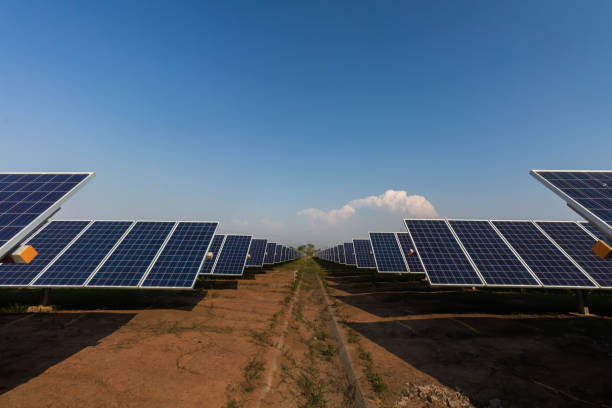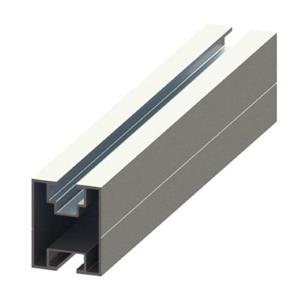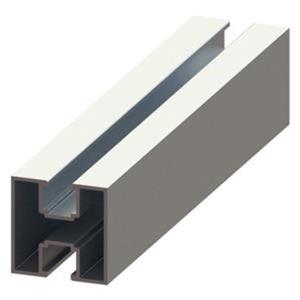The United States is expected to have 50GW of pv manufacturing capacity by 2030
Long plagued by pressure to import solar panels from overseas, the United States is now turning to promoting domestic manufacturing to power its energy transition as decarbonization and climate goals are threatened by this shortage.
"Significantly expanding U.S. photovoltaic manufacturing could mitigate global supply chain challenges and bring substantial benefits to the climate as well as to U.S. workers, employers, and the economy," the DoE said. It concluded in a study that U.S. capacity could reach 10 gigawatts in two years, 15 gigawatts in three years, 25 gigawatts in five years, and is on track to reach 50 gigawatts of annual production.
Recently, the Solar Energy Industries Association (SEIA) released a roadmap to achieve a domestic supply chain in the United States, "Promoting American Solar Manufacturing." The report explores how the United States can move from the current state of limited production to a mature domestic energy supply chain that powers the economy.
Currently, the United States has the capacity to produce metallurgical grade silicon, polysilicon, steel, aluminum, resins, shelves and brackets, among other materials. However, there are major gaps in the supply chain. SEIA said the U.S. currently has no domestic solar silicon ingots, wafers or cell manufacturing capacity and limited capacity to produce solar modules, inverters and trackers. Therefore, these segments must target 50 GW.

With the right application of the new Lower Inflation Act incentives, the U.S. should be on track to meet or even exceed the 50 gigawatt target at all points in the solar supply chain, the SEIA report said.
SEIA said domestic manufacturers should first focus on setting up downstream production and importing backfill components, while setting up upstream domestic production. While it will take two to three years to expand domestic component capacity, it will take another three to five years to form substantial ingot, silicon wafer and battery manufacturing capacity at home.
American manufacturers must create demand goods by selling at competitive prices and providing quality products. This cost competitiveness may only be achieved on a large scale, which would require significant upfront investment, the report said.
Following the Inflation Reduction Act, a new round of financing for large-scale manufacturing facilities could begin in 2023. The first new plants supported by these policies will come online in 2025, or as early as 2024, for trackers, shelves, and aggressive inverter and component manufacturing investments.
A successful expansion will require a strong American workforce. It will depend on collaboration between companies, government agencies and higher education institutions to advance solar-specific technical training and university-to-career initiatives, the report said. Diversity, equity, inclusion and equity should be at the heart of the Energy Transition workforce strategy. (News from guangfu.bjx)
Amoy Solar as a top 10 solar mounting structure system supplier in China, promote the development of clean energy for clients. Customized services with OEM available to protect your confidentiality. The product categories include all kinds of solar panel mounting structure, like ground mount, roof mount, agriculture structure, carport structure, floating structure etc.




